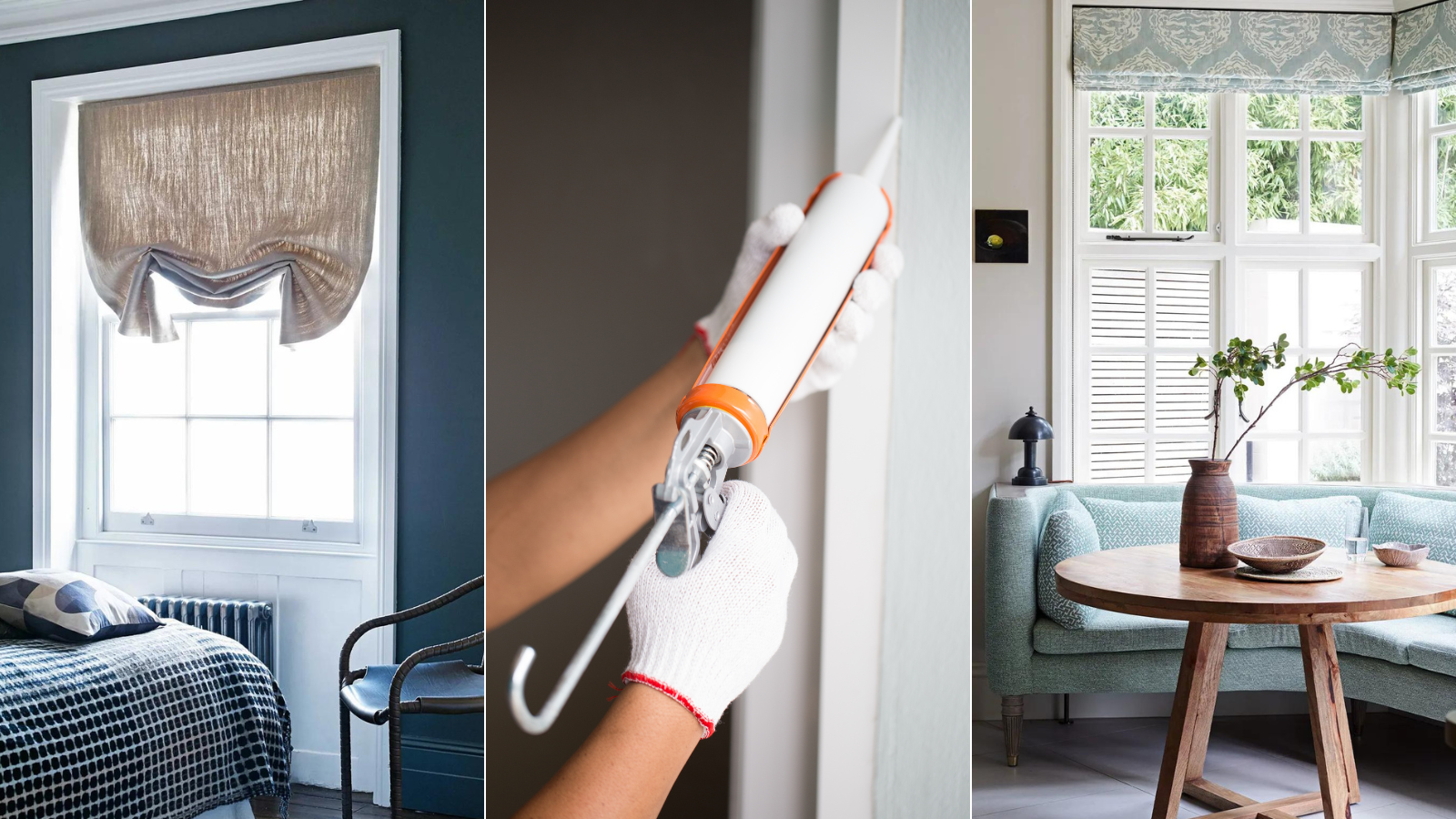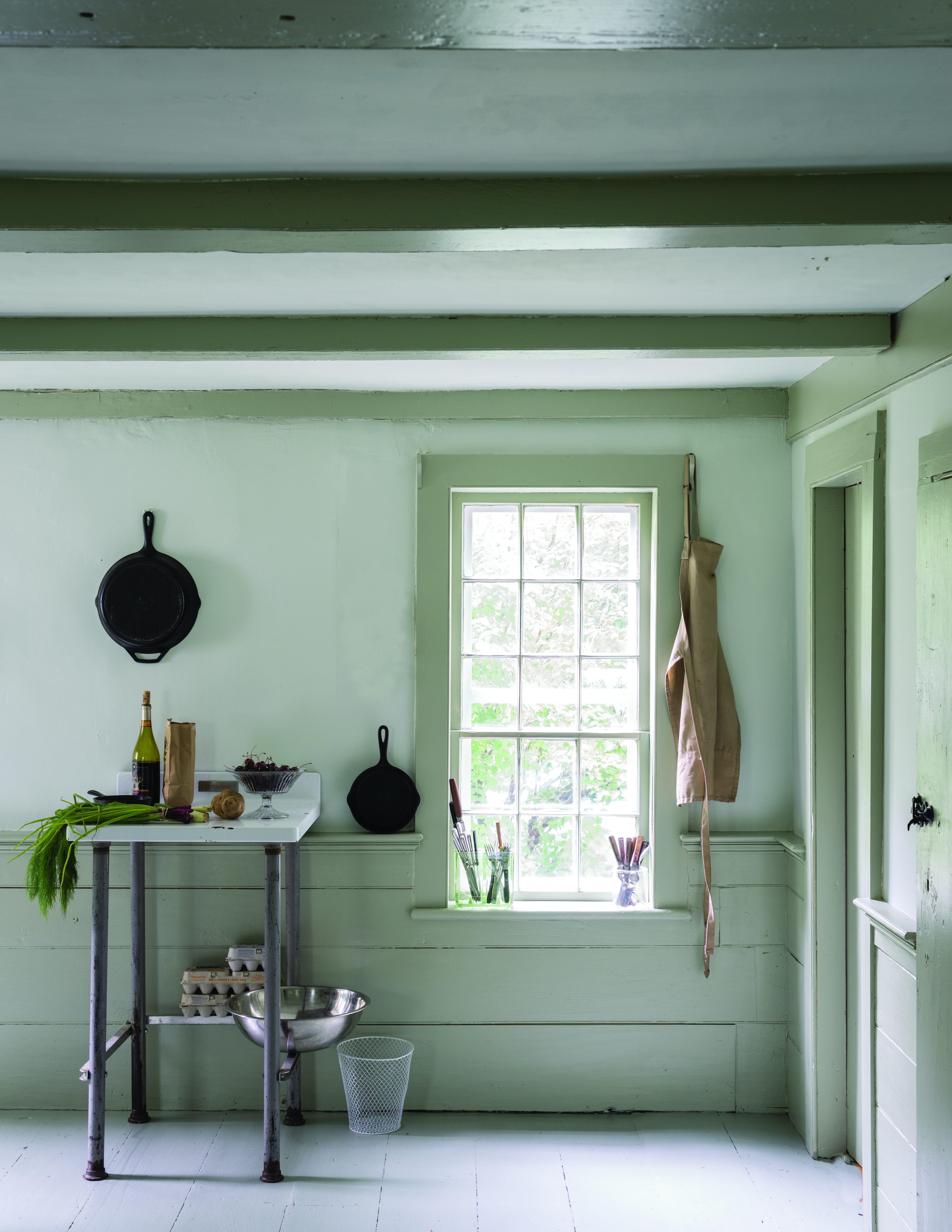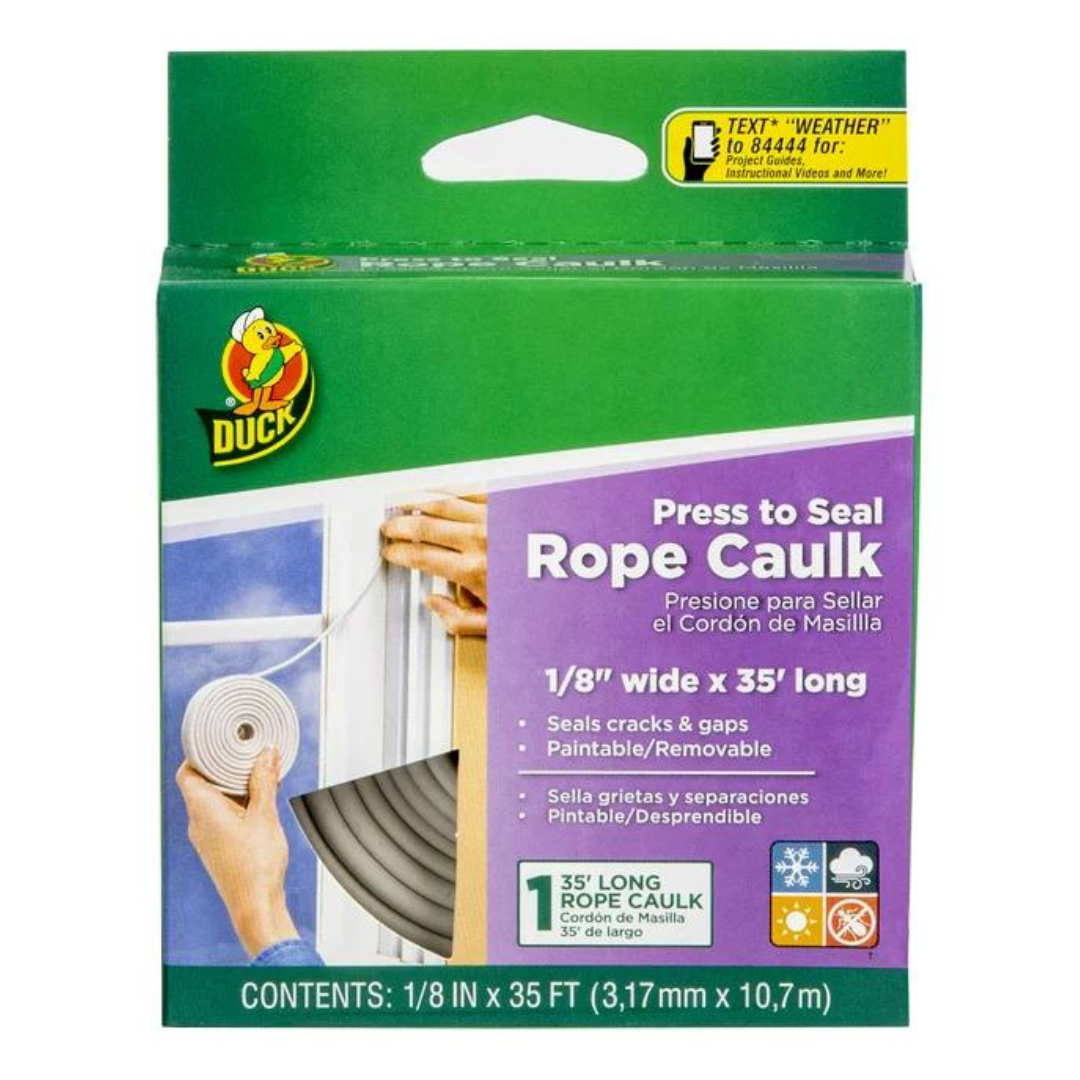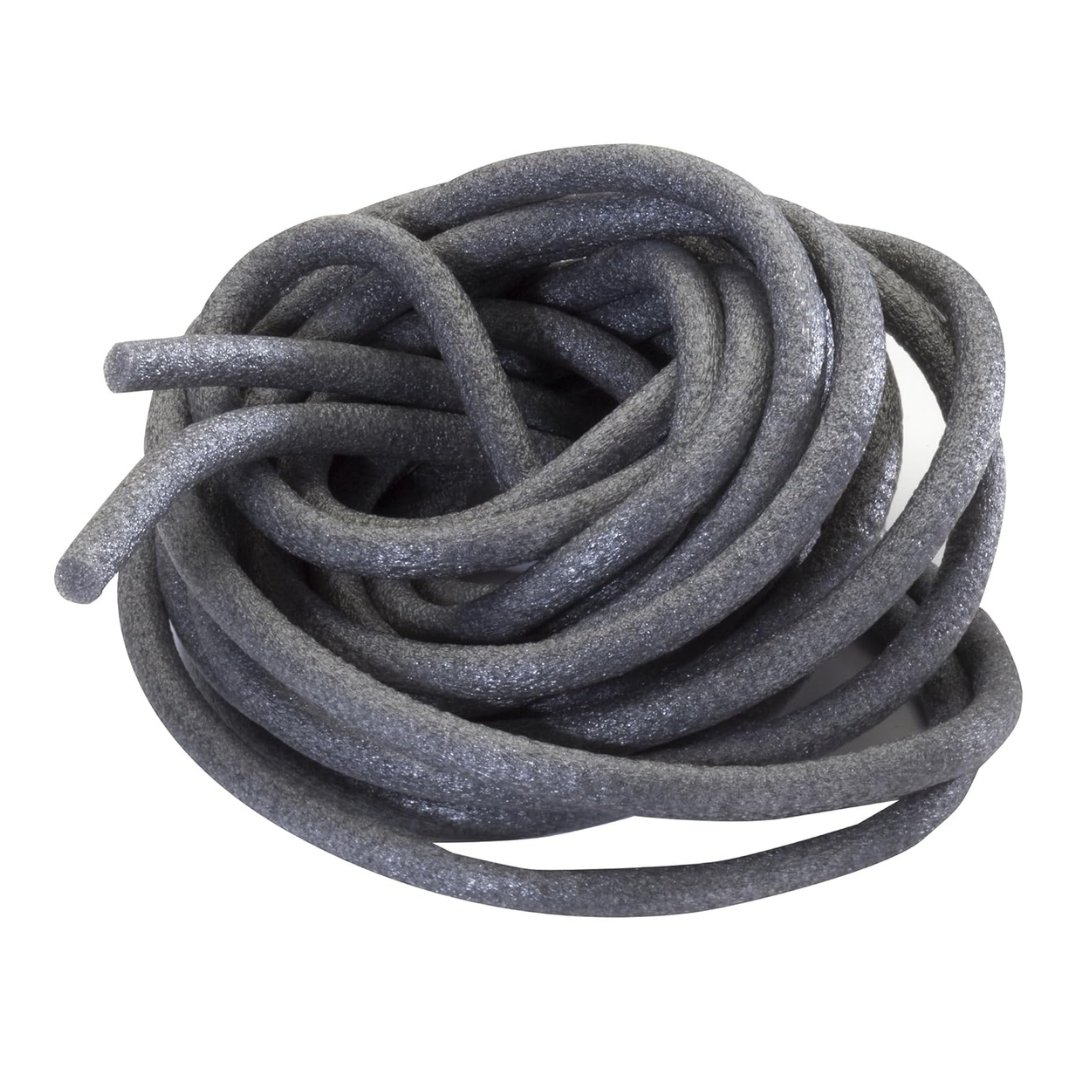The 3 DIY methods I use to seal gaps in windows and stop cold air leaks
These are the affordable solutions I use to stop cold air from leaking through gaps in my windows


As someone who enjoys the comfort of a cozy house during freezing weather, you can imagine how it felt to discover a chilly breeze was sneaking into my home through my windows.
Determined to solve this issue without replacing my windows or investing in expensive new window treatments, I jumped online and searched for some quick and effective DIY methods to block window gaps and prevent cold air leaks.
Below, I share my recommendations for quick fixes that you can follow to keep your home warm and insulate your windows when the thermostat dips below freezing.
DIY methods to seal gaps in windows and stop cold air leaks
The following three products are each ideal for providing your home with an immediate fix. Plus, when spring rolls around, you can remove them and opt for more permanent solutions like weatherproofing your windows or undertaking some eco-friendly home improvements.
1. Rope Caulk

Rope caulk is a soft, clay-like substance available in neutral shades like gray and brown, meaning it can blend seamlessly into most old window frames.
How to use it: Simply peel off the 1/8-inch strips and mold them to fit any gap, pressing them firmly in place.
The Pros: What I love about rope caulk is that it doesn't leave any residue and is a breeze to remove. Plus, if you have some left over, it is good to use for up to four or five years.
The Cons: This can be a little tricky to apply, so you need to be very careful when tearing off strips. If you are too hasty, you might end up wasting the product.
2. Removable Caulk

For smaller cracks, I turn to removable caulk. This easy-to-use products dries as a clear and rubbery seal, putting a stop to cold air leaks.
How to use it: It’s extremely straightforward to apply this product to your window gaps. I simply squeeze a bead of this sealant into cracks up to 1/4 inch wide and then use my finger to smooth the caulk out.
Design expertise in your inbox – from inspiring decorating ideas and beautiful celebrity homes to practical gardening advice and shopping round-ups.
The Pros: The real charm is its removability – when warmer weather returns, I can just peel it off and dispose of it. And a single tube can cover up to 56 feet, which is more than enough for my needs.
The Cons: You will also need to invest in a caulk gun, like this Dual Spring Trigger caulk gun from Walmart, if you want to get the technique right.
3. Foam Backer Rods

My final product recommendation is foam backer rods. These are made of closed-cell polyethylene and are ideal for slightly larger gaps. They come in various diameters, starting at a small 3/8 inch.
How to use them: Just gently press them in place, and they're practically invisible.
The Pros: They're non-sticky and easy to fit into wider gaps. Plus, they are reusable as long as they're not overly compressed.
The Cons: Of the 3 products mentioned here, this is the most temporary fix. When you notice larger gaps in your window frames, it usually means it’s time to replace or repair them.
These easy DIY draft-proofing methods have been a game-changer for me. Each one is an affordable and easy-to-install solution that keeps my home cozier during winter and helps me to draft-proof my bathrooms and keep my entryway warm without heating.

Gabriella is a freelance contributor for Homes & Gardens. She is a DIY enthusiast and a lover of all things interior design, often found antiquing or browsing the aisles of her local hardware store. She has a particular passion for historic buildings and is in the process of renovating a Victorian coachhouse in the countryside.
For much of the past decade, Gabriella has worked as a freelance writer, crafting copy for national publications and renowned homeware brands. Most recently, she worked for Homebuilding & Renovating Magazine and is the former Head of Solved at Homes & Gardens, focusing on case studies for the magazine and website, as well as writing features about issues surrounding historic and listed building projects.


